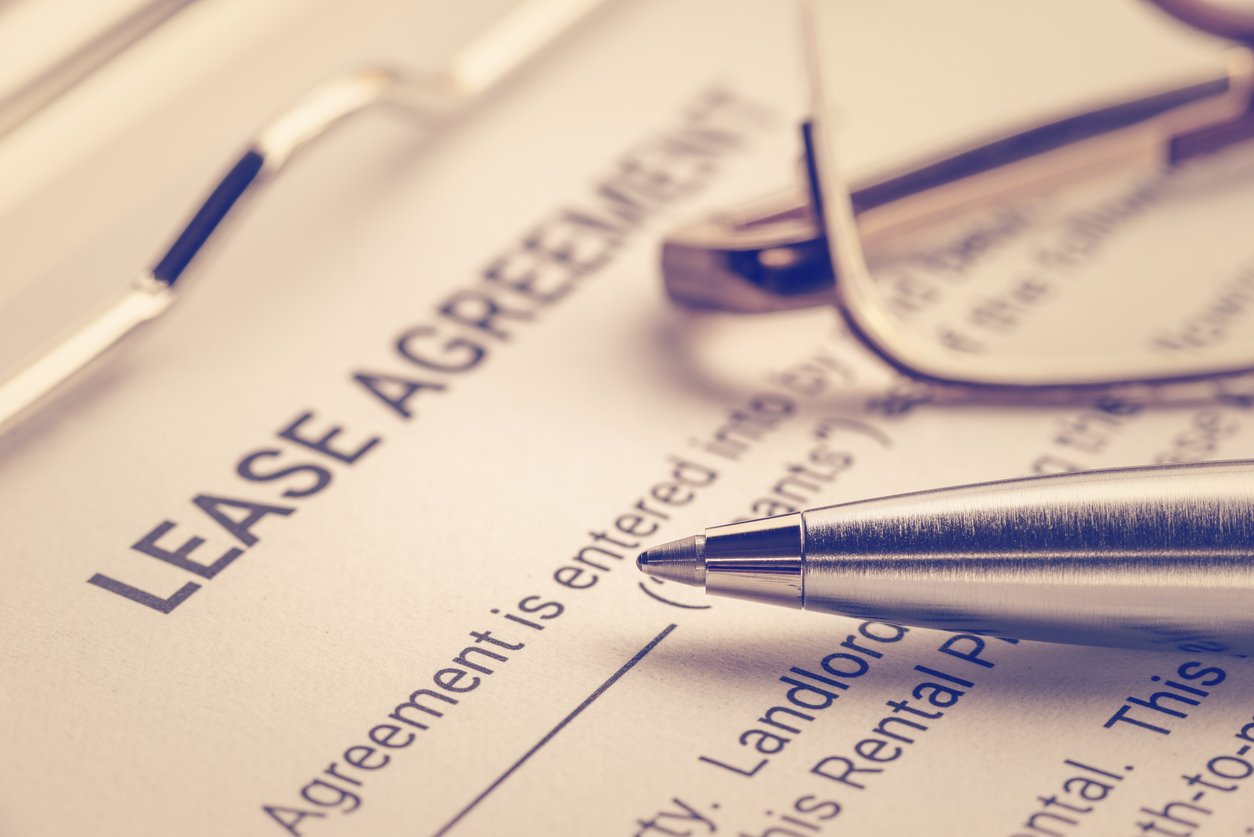Updated accounting rules for long-term leases took effect in 2019 for public companies. Now, after several deferrals by the Financial Accounting Standards Board (FASB), private companies and private not-for-profit entities must follow suit, starting in fiscal year 2022. The updated guidance requires these organizations to report — for the first time — the full magnitude of their long-term lease obligations on the balance sheet. Here are the details.
Temporary Reprieves
In 2019, the FASB deferred Accounting Standards Update (ASU) No. 2016-02, Leases (Topic 842), to 2021 for private entities. Then, in 2020, the FASB granted another extension to the effective date of the updated leases standard for private firms, because of disruptions to normal business operations during the COVID-19 pandemic.
Currently, the changes for private entities will apply to annual reporting periods beginning after Dec. 15, 2021, and to interim periods within fiscal years beginning after Dec. 15, 2022. Early adoption is also permitted.
Most private organizations have welcomed these deferrals. Implementing the requisite changes to your organization’s accounting practices and systems can be time-consuming and costly, depending on its size, as well as the nature and volume of its leasing arrangements.
Changing Rules
The accounting rules that currently apply to private entities require them to record lease obligations on their balance sheets only if the arrangements are considered financing transactions. Few arrangements are recorded, because accounting rules give lessees leeway to arrange the agreements in a way that they can be treated as simple rentals for financial reporting purposes. If an obligation isn’t recorded on a balance sheet, it makes a business look like it is less leveraged than it really is.
The updated guidance calls for major changes to current accounting practices for leases with terms of a year or longer. In a nutshell, ASU 2016-02 requires lessees to recognize on their balance sheets the assets and liabilities associated with all long-term rentals of machines, equipment, vehicles and real estate. The updated guidance also requires additional disclosures about the amount, timing and uncertainty of cash flows related to leases.
Most existing arrangements that currently are reported as leases will continue to be reported as leases under the updated guidance. In addition, the new definition is expected to encompass many more types of arrangements that aren’t reported as leases under current practice. Some of these arrangements may not be readily apparent, for example, if they’re embedded in service contracts or contracts with third-party manufacturers.
Act Now
You can’t afford to wait until year end to adopt the updated guidance for long-term leases. Many public companies found that the implementation process took significantly more time and effort than they initially expected. Contact us to help evaluate which of your contracts must be reported as lease obligations under the new rules.




